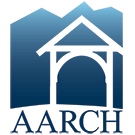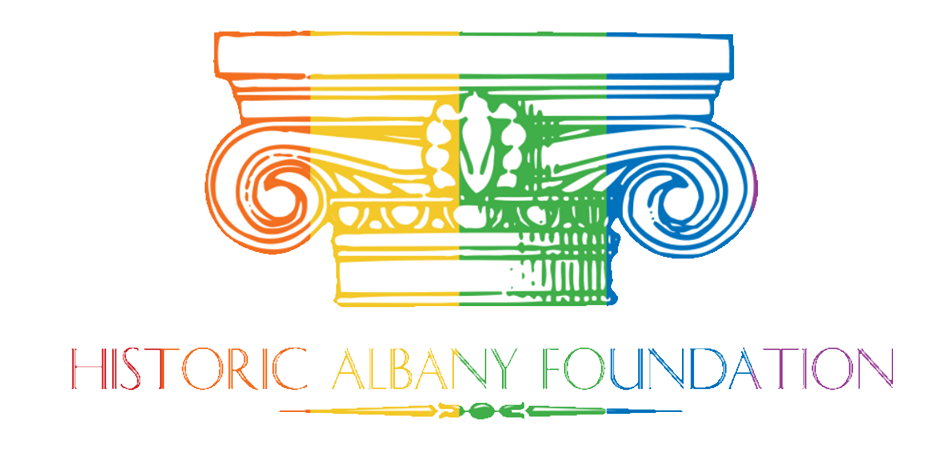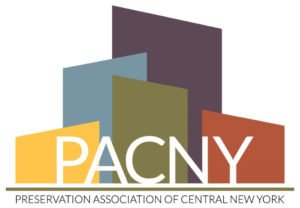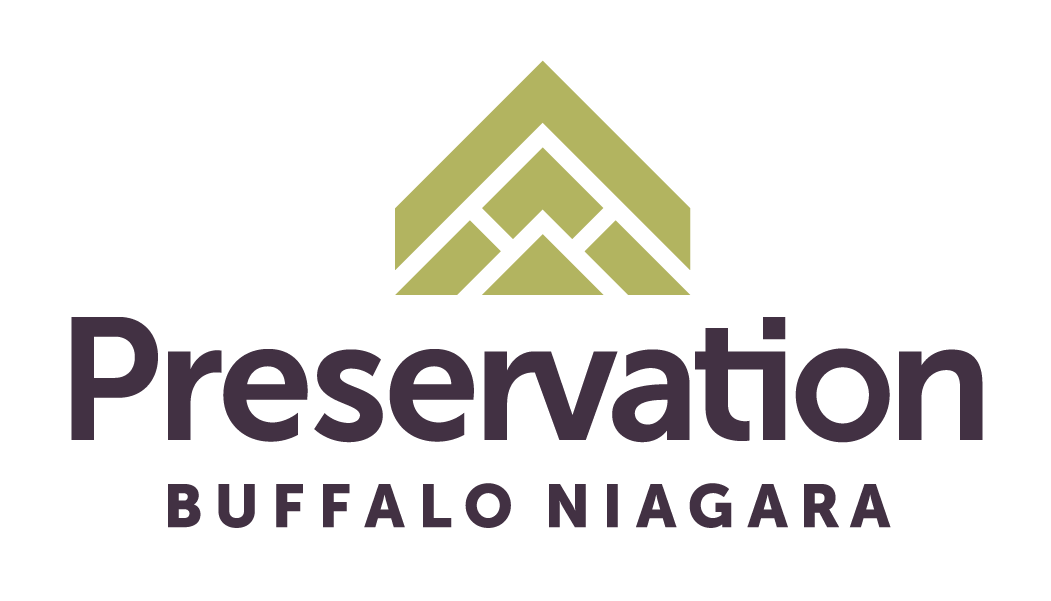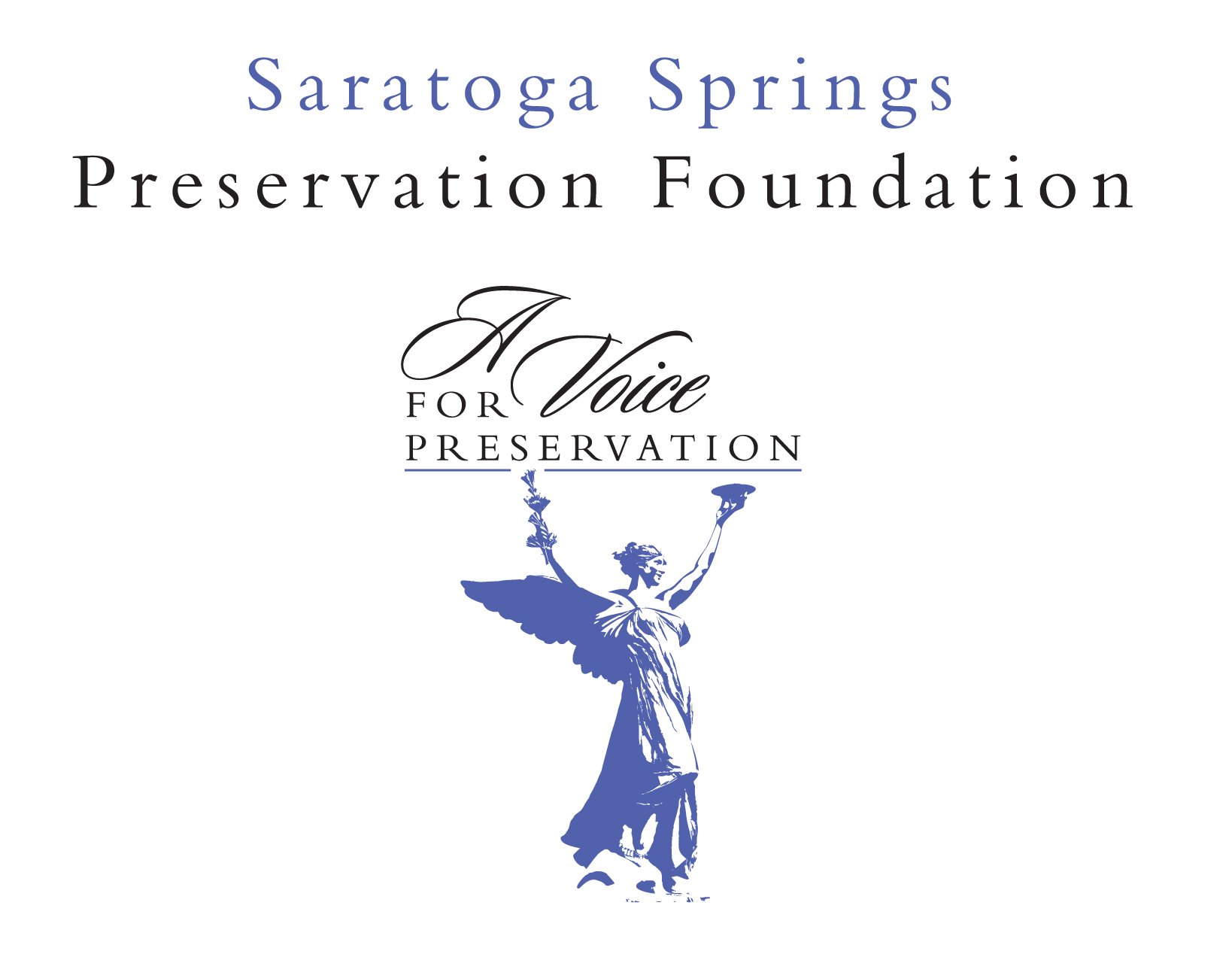We have two important opportunities this week to make your voice heard in support of historic preservation in New York State!
1. Speak out against proposed cuts to Historic Preservation funding in the Environmental Protection Fund
While the Governor’s budget proposal includes robust funding for the Environmental Protection Fund overall, a closer look at the numbers reveals a proposed $1 million cut to the Historic Preservation Grant Program within the EPF. This program is one of the few sources of bricks-and-mortar funding for preservation projects in our state, and the need is much greater than the available funding every year. To see a list of preservation projects funded through the this grant program last year, click here, scroll to page 15, and look at the projects under "OPRHP EPF HP."
We’re asking all preservation advocates to reach out to their state legislators this week; please ask Assemblymembers to contact Assemblymember Daniel O’Donnell, Chair of the Committee on Tourism, Parks, Arts & Sports Development, and Senators to contact Senator José Serrano, Chair of the Committee on Cultural Affairs, Tourism, Parks & Recreation, with the following simple request: "Please do not allow cuts to the Historic Preservation Grant Program in the Environmental Protection Fund." If you know of a project in your area that received this funding in recent years, or found one on the list in the link above, please use it as an example of the great work being supported by this grant program.
2. Call in support of the HTC Extension and “White Elephant” Bill (A.2889 / S.4174)
Assemblymember Carrie Woerner and Senator Tim Kennedy have proposed a 10-year extension to the NYS Historic Tax Credits and additional provisions to facilitate the use of the commercial credit for the rehabilitation of large, vacant buildings (“white elephants”). We want to line up as many co-sponsors for the legislation as possible, to demonstrate broad support for including this language in the state budget. While you are reaching out to legislators regarding the Historic Preservation grant funding cut, please also ask if they would be willing to co-sponsor A.2889 / S.4174 to support the extension and enhancement of the NYS Historic Tax Credits.
Calls and emails on both of these issues will be most helpful before March 13. Thank you for your advocacy!



